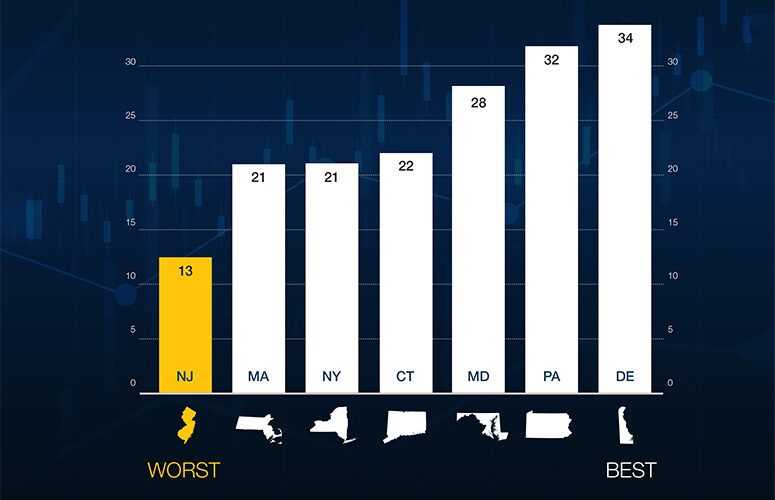
Rising Tides Propel Regulation Overreach
By Ray Cantor, NJBIA Deputy Chief Government Affairs Officer On Feb 1, 2023The Department of Environmental Protection (DEP) has proposed one set of rules, and is gearing up to propose another, to better protect communities across the state from floods. Unfortunately, what DEP wants will drive up development costs, including the construction of affordable housing, and ultimately force a retreat from coastal communities.
NJBIA agrees with the DEP that new flood standards are needed to reflect increased rainfall and other potential climate change impacts. But there are three fundamental flaws in the proposed regulations.
One, they fail to address inadequate stormwater facilities, which are the underlying reason for recent floods. Two, development projects that are already several years into the permitting process prior to flood rule changes would be treated unfairly, ignoring the substantial expenses already incurred. Three, the sea level rise projections used are based on outdated science, and the rules will effectively prevent any development near rivers and the coast.
DEP points to recent storms, such as Ida, as the reason for proposing rules based on a projected 2-foot rise in inland flood levels, and a commensurate enlargement of the regulated flood area. But the fact is that the tragic deaths during Ida were largely the result of inadequate stormwater facilities. Most flooding and loss of life in New Jersey occurred miles away from the nearest body of water.
The proposed flood rules also unfairly penalize projects that have already begun the permitting process. In New Jersey, it takes years for a development project to secure financing, obtain permits, and begin construction. Under the new rule, pending projects now outside of flood zones would suddenly have to comply with new flood zone requirements. Many projects will need to be redesigned and begin the permitting process over again or be abandoned. Millions of dollars invested in projects could be lost.
Finally, these rules will force residents and businesses to abandon coastal communities. They assume a 5-foot increase in sea levels (based on one outdated report), which will force homes and buildings near the shore to be built an additional 5 feet off the ground. For many property owners, this new requirement will be too costly or impractical to implement.
Another problem, ironically, is that the rules will stop many shore protection projects. While we have protected our coast in the past by building beaches, dunes and bulkheads, these projects will no longer be possible under the proposed 5-foot elevation mandate.
NJBIA is asking DEP to address the issue of existing stormwater structures, provide fair grandfather provisions for existing facilities, and use the latest science to protect our shore. What happens next will determine the future of the New Jersey shore and the effectiveness of flood regulations.
To access more business news, visit NJB News Now.
Related Articles:





